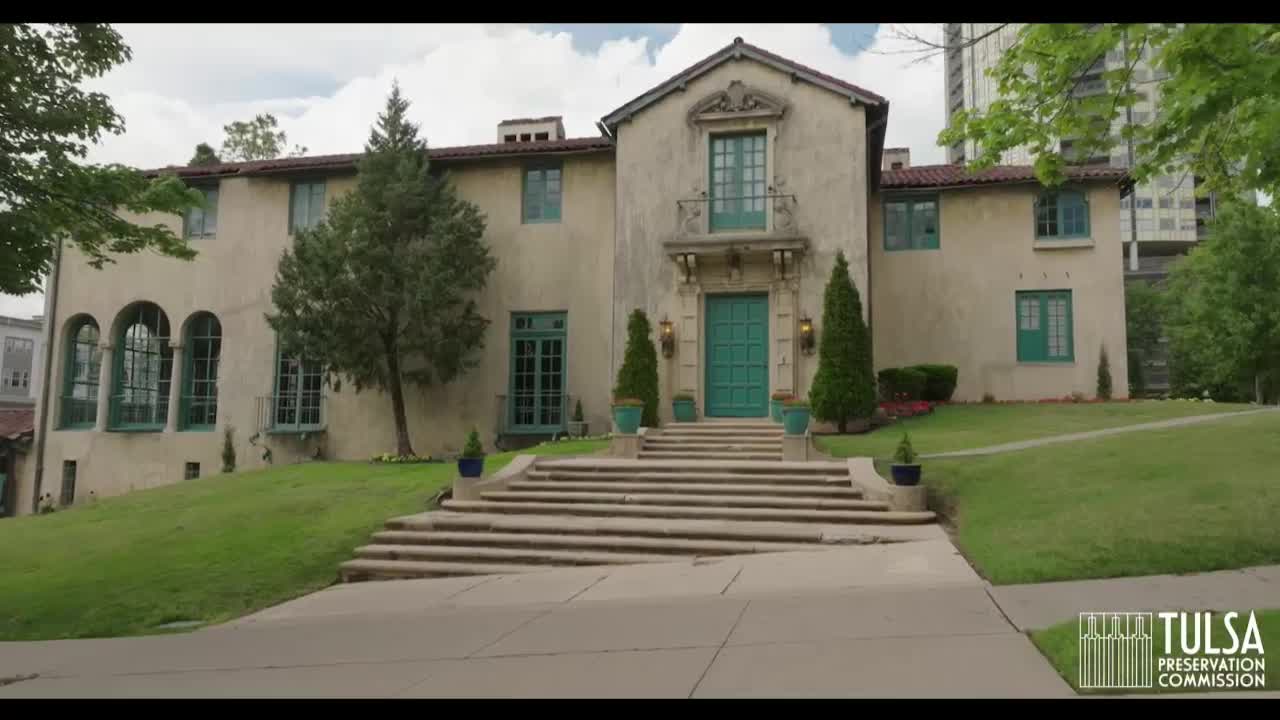Tulsa Explores Historic Riverfront Estates in Preservation Series Episode
August 14, 2025 | Tulsa, Tulsa County, Oklahoma
Thanks to Scribe from Workplace AI , all articles about Oklahoma are free for you to enjoy throughout 2025!

This article was created by AI using a video recording of the meeting. It summarizes the key points discussed, but for full details and context, please refer to the video of the full meeting. Link to Full Meeting
First on the list is the Harwelden Mansion, a stunning English Tudor estate built in 1923 by oilman Earl Harwell. This storybook manor features gothic arches and intricate hand-carved details, with a facade of brick and stone that leads to a slate roof. Inside, it boasts custom furnishings and one of Tulsa's earliest residential elevators. Today, Harwelden serves as a cultural and event center, hosting weddings, concerts, and arts programming, all while offering breathtaking views of the river.
Next is the Lee Clinton House, a refined colonial revival home constructed in 1919. Once the residence of civic leader Lee Clinton, founder of Union National Bank, this elegant property reflects a sense of quiet confidence with its classical detailing and manicured grounds. Privately owned and meticulously preserved, it stands as one of the few original homes in the area, maintaining its historic charm along Riverside Drive.
Lastly, the Dresser Mansion, built in the same year for oil executive Carl Dresser, showcases Italian Renaissance design with Mediterranean influences. Known for its arched loggias and ornate ironwork, this mansion was designed for entertaining and once hosted extravagant parties with sweeping views of the river valley. Now restored, it continues to serve as a venue for celebrations, echoing its original purpose.
These historic properties not only highlight Tulsa's architectural heritage but also remind residents and visitors alike of the city's deep-rooted connection to nature and community. As Tulsa continues to uncover and celebrate its past, these estates stand as testaments to the beauty and legacy that have shaped the city.
Converted from Tulsa - Hispanic/LatinX Affairs Commission meeting on August 14, 2025
Link to Full Meeting
Comments
View full meeting
This article is based on a recent meeting—watch the full video and explore the complete transcript for deeper insights into the discussion.
View full meeting
